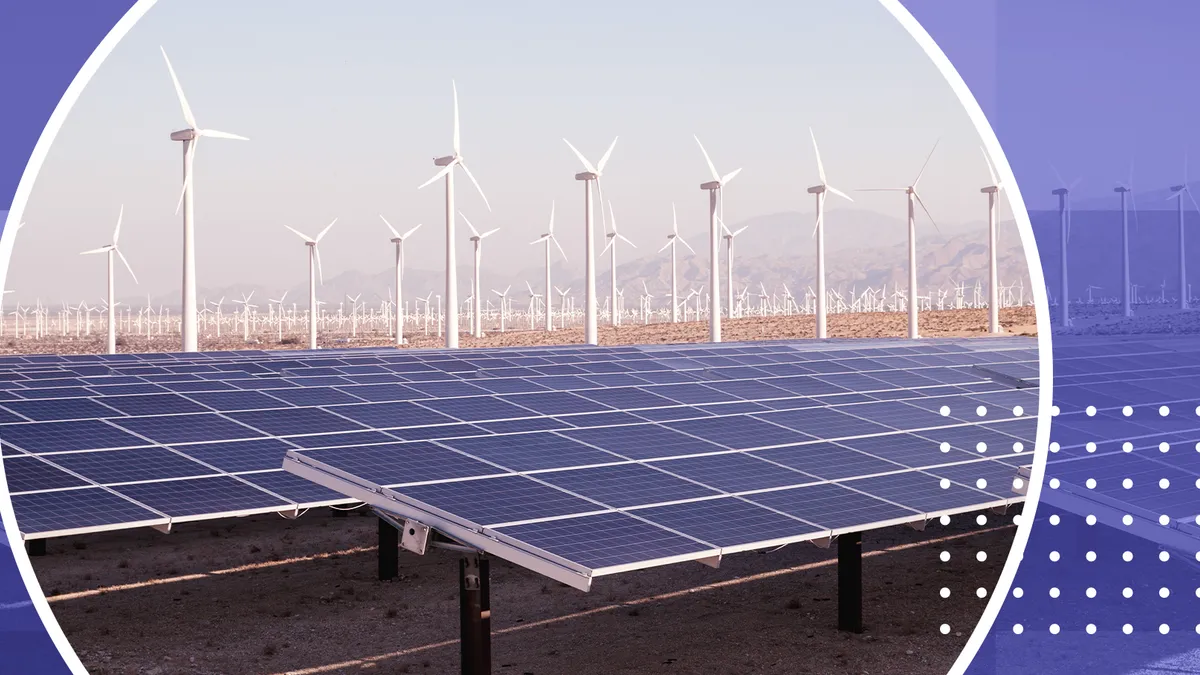The following is a contributed article by Saara Kujala, General Manager, Business Development at Wärtsilä.
The International Energy Agency (IEA) published its flagship Sustainable Recovery Plan June 18, setting out how we can revitalize our economies and boost employment while making energy systems cleaner and more resilient.
There are many constructive aspects to the plan, making the clear case to exponentially scale up low cost, low carbon wind and solar and to incentivize flexibility as the vital keystone in the transition to 100% renewable energy.
However the scope of the report is too limited. It focuses on short-term improvements to existing energy systems over the next three years to jumpstart the global economy, rather than addressing the profound structural changes that are necessary to stabilize climate change within the Paris target of 1.5C by 2050.
The need for immediate action is unquestionable, but it has to be underpinned by a long-term vision of the future that accelerates the shift to cleaner energy.
A once-in-a-generation opportunity
The coronavirus has created a once-in-a-generation opportunity to transform energy grids worldwide and create a future-proof system where the power sector is greener, more efficient, more robust and affordable for all.
It has also helped us to understand what that future could look like. Europe's energy system was 20% less carbon intensive in May 2020 compared to May 2019 and renewable records have fallen like dominos, as shown by our Energy Transition Lab. Furthermore, as the IEA report shows, wind and solar "have shown a degree of immunity to the Covid-19 crisis."
The impact of this global crisis on energy systems has clearly demonstrated that flexible power assets, such as energy storage and flexible power plants, are essential to enable greater renewable penetration.
Countries with greater flexibility built into their power grids have been able to manage the sudden increase in renewable penetration far more effectively than those without. For example, Germany has been forced to sell surplus power for as low as -€80/MWh, or -$90USD/MWh, to countries such as Norway. In the UK, prices for energy from storage have been up to 20% higher during the past two months.
Flexibility must be at the heart of our energy systems in order to deliver a cost-optimal 100% renewable future. However, this isn't reflected adequately in the IEA report. Instead, it emphasizes a continuation of the status quo — with nuclear and clean coal highlighted as viable future options, despite these legacy technologies being out of step with the transition to 100% renewable energy systems.
Future fuels and connecting technologies
The IEA report considers electricity, heating and transport, but doesn't explain how these sectors are increasingly interdependent through the electrification of transport, heating and fuel production — a process known as sector coupling.
Multiple studies have shown that energy system integration and sector coupling could substantially reduce the overall costs of decarbonization. For Germany, it has been estimated that the transition to a well-integrated energy system in 2050 would be €600 billion cheaper, $676 billion USD, than a system that is strongly dependent on electricity only.
And while the report does consider the future potential for hydrogen, it doesn't look at the wider scope for synthetic future-fuels, created from excess renewable energy, which can provide the cost-optimal flexibility we will need to bridge the final gap in the future energy transition.
Creating our 100% renewable future
The technology is already available to achieve 100% renewable energy — a feat almost witnessed in Germany last month. Supported by battery storage as well as flexible generation running on renewable and synthetic fuels produced with power-to-x processes, we could achieve cheaper, cleaner energy systems far sooner and make a meaningful impact on climate change.
We are hopeful that the IEA's historic report will encourage governments to implement the smart policy needed now to break the cycle of incrementalism and realize the transition to an affordable energy system built with a 100% renewable, flexible energy mix.














